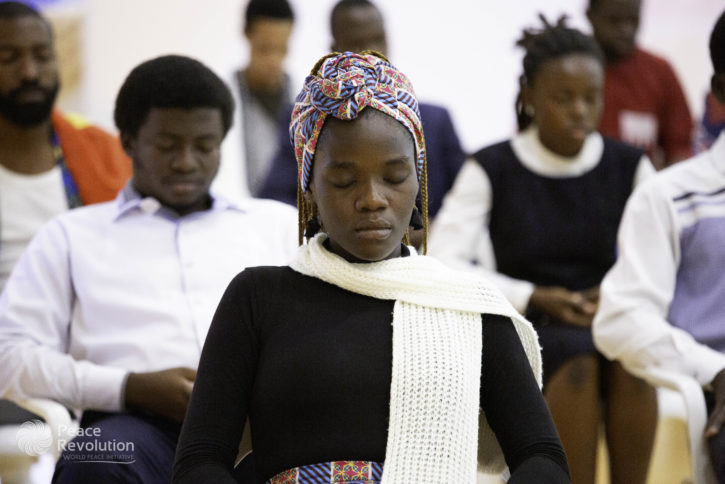The medium of art allows us to express not only our creativity but also our innermost thoughts, feelings, and emotions. As a result, this creative mode of expression has long been recognized for its therapeutic benefits and ability to help people understand and resolve their inner conflicts and distress.
Through fostering greater self-awareness and insight, this therapy has the potential to help patients cultivate a more peaceful state of mind, improving their overall well-being, and ultimately enriching their lives and society at large. In this article, we will take a closer look at this relatively new form of therapy and the role it plays in promoting inner peace.
What is Art Therapy?
Art therapy is a form of psychotherapy that uses the creative process of making art to improve the physical, mental, and emotional well-being of individuals. Common techniques used in art therapy include coloring, collage, painting, sculpting, and clay work which all encourage artistic expression irrespective of person’s ability or experience.
Unlike some other forms of therapy which rely on the patient’s ability to articulate their inner states, art therapy uses techniques that can capture the body, mind, and soul in a way that verbal communication alone cannot do, allowing for greater self-expression and awareness.
Benefits of Art Therapy
Art therapy is commonly used as a form of treatment for people suffering from psychological conditions such as anxiety, depression, trauma or abuse. Its peace-inducing effects have been documented in a study published in the Journal of the American Art Therapy Association which found that making art led to a significant lowering of cortisol levels in those who took part. Participants also found the process to be relaxing and enjoyable, eventually finding themselves flowing or losing themselves in their work.
Art has also been found to be a beneficial means of expression for more marginalized groups in society. Its use as a tool to promote peace has been shown to be effective in helping prison inmates to better regulate their emotions by allowing them to externalize denied or repressed feelings in a way that allows for greater emotional control.
By facilitating the safe expression of emotions such as rage, fear, and powerlessness, art therapy can be a beneficial tool to help people manage intense emotions and lower their propensity to engage in conflict with others. As a result, art therapy is often provided to offenders in many adult prisons, probation centers, young offender institutions and secure psychiatric units. Criminal law firms like Purser Law understand these challenges and take a holistic and client-centered approach to those seeking legal guidance on their journey toward inner peace and a second chance in life.
Alongside these benefits, art therapy has been shown to help trauma survivors, such as those suffering from PTSD. The beneficial effects of this therapy were studied and found to result in more relaxation, less intrusive thoughts of traumatic experiences, and more confidence in the future. The study also found a decrease in the severity of PTSD symptoms in some participants.
The transformative and healing impact of art therapy makes it a powerful form of therapy that can help free us of our inner struggles, and cultivate a greater sense of inner peace in individuals suffering from a wide range of mental and emotional conditions.
Photo credits: Unsplash
This is a collaborative post supporting our Peace In Peace Out initiative.





